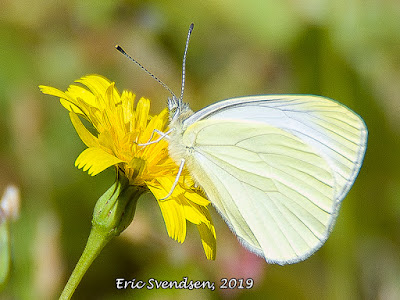Western thrashing ant attacking insect larva.

Western thrashing ant attacking insect larva. We arrived at an area of southwest Washington called Long Beach yesterday. This morning I was out for a quiet walk with my camera; it was equipped with a macro lens and macro lighting system. It is always fun to explore new places to see what kinds of finds can be discovered. I had quite a bit of luck as I ended up with half a dozen pictures which I am excited about. The one above is an example. Thrashing ants feed on a wide variety of foods. They will take seeds, honeydew from aphids, and small prey items such as this insect larva. Ants have very strong jaws. They are capable of subduing smaller insects with relative ease and, when working together, can overpower significantly larger creatures. They will bring their find back to the nest where it will be fed to larvae, the queen, and shared amongst the adults. When in “bug mode,” I am scanning the environment for any sign of minuscule activity. I look unde
